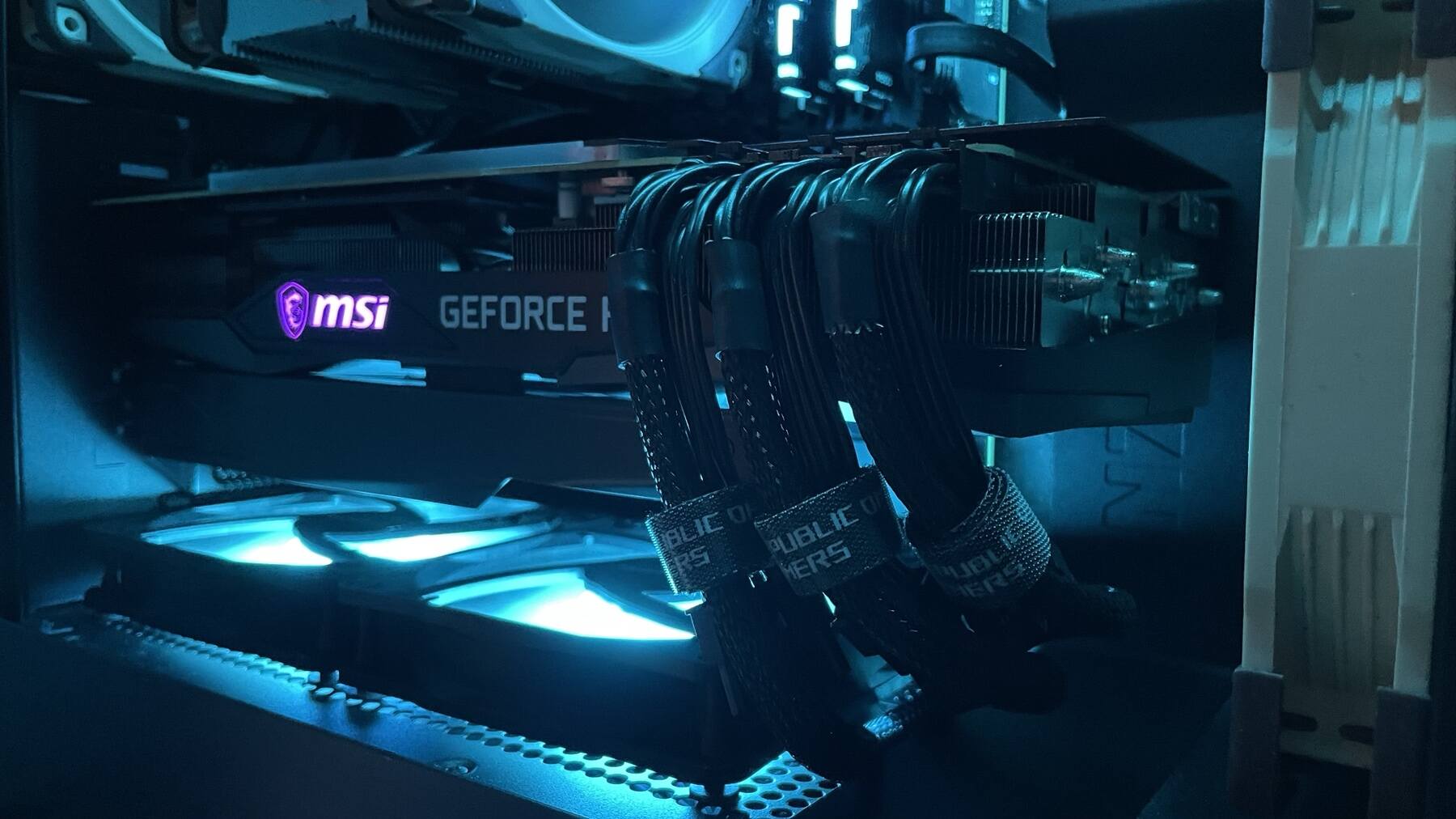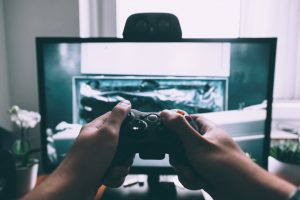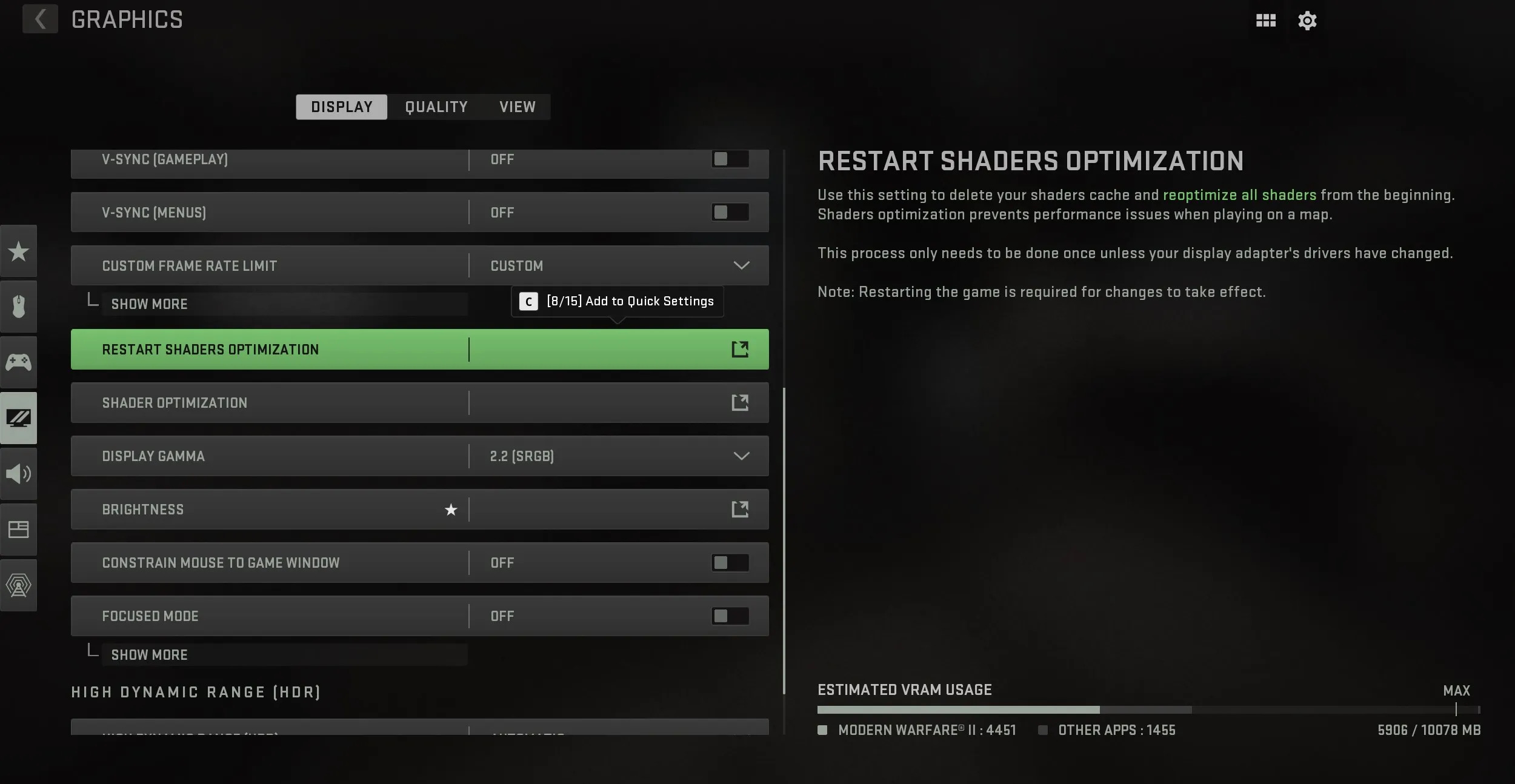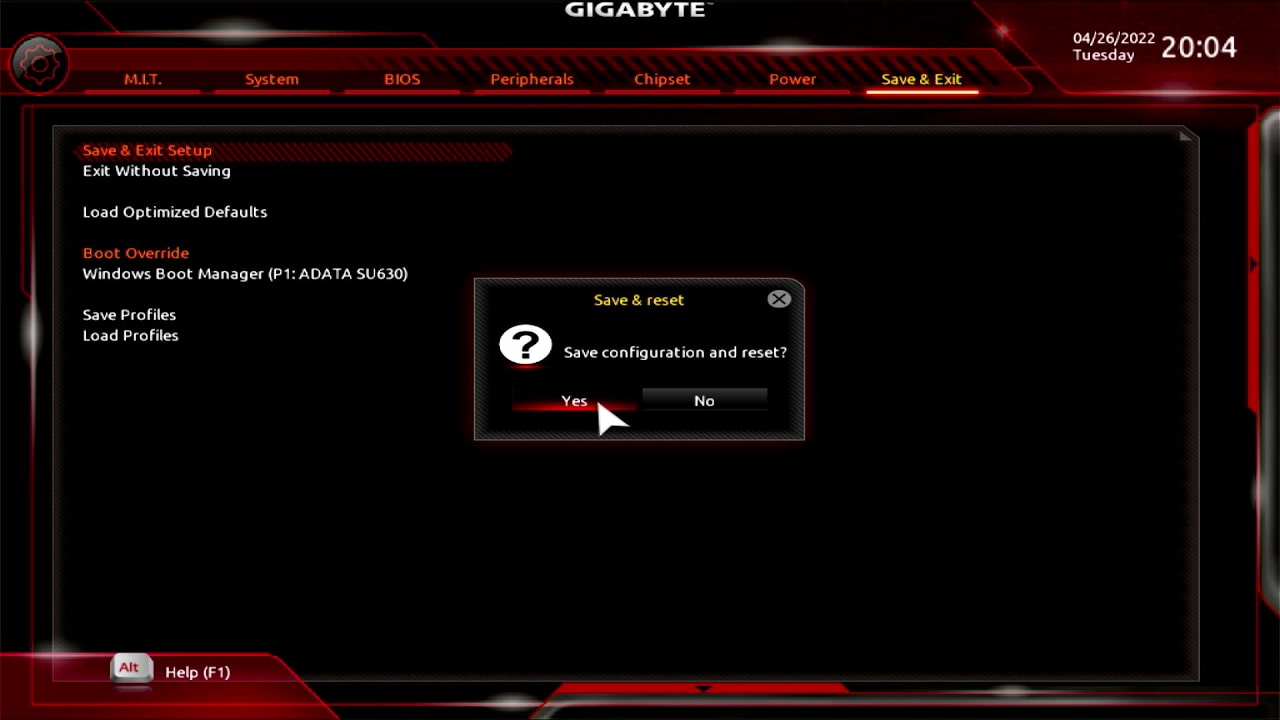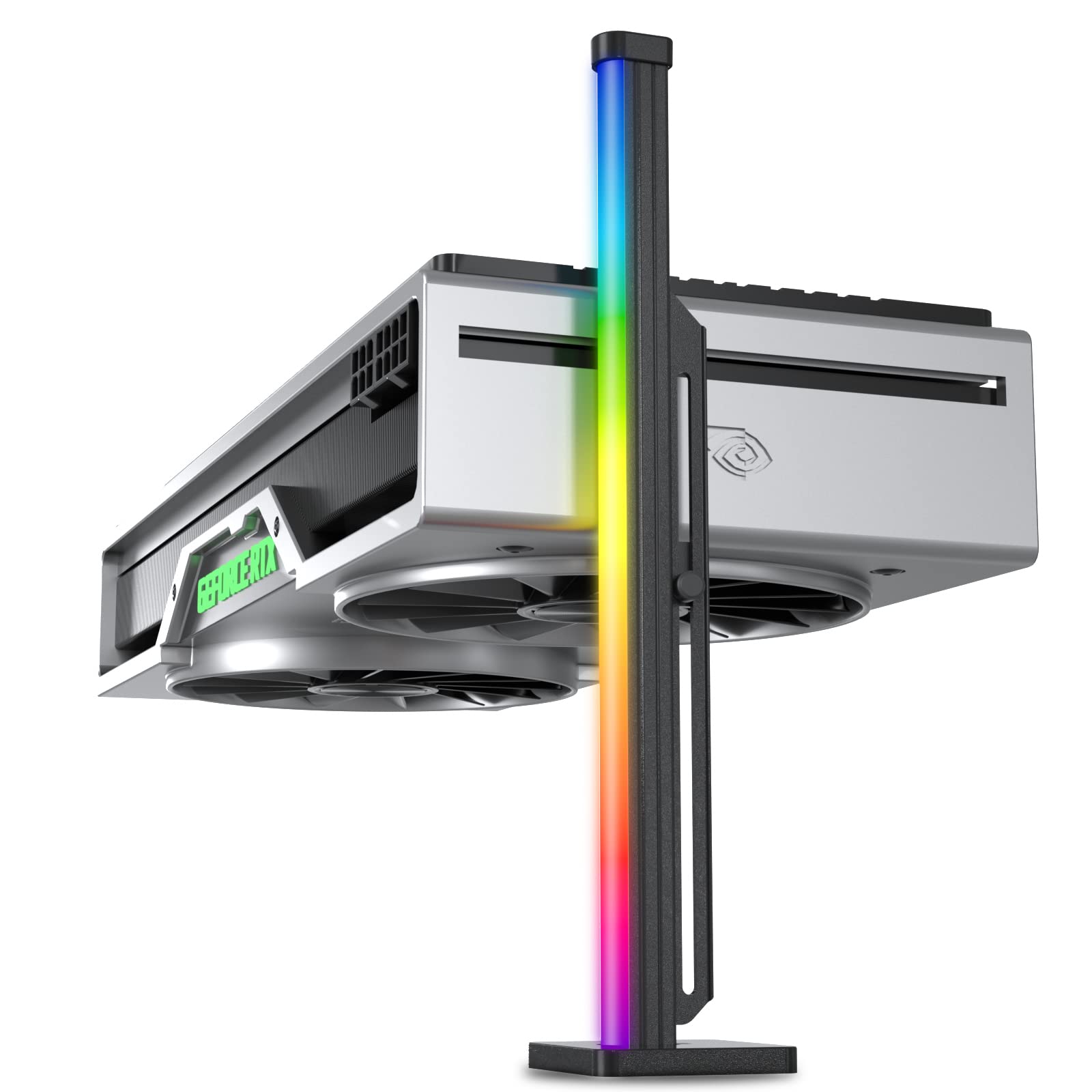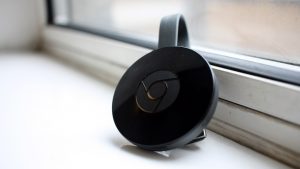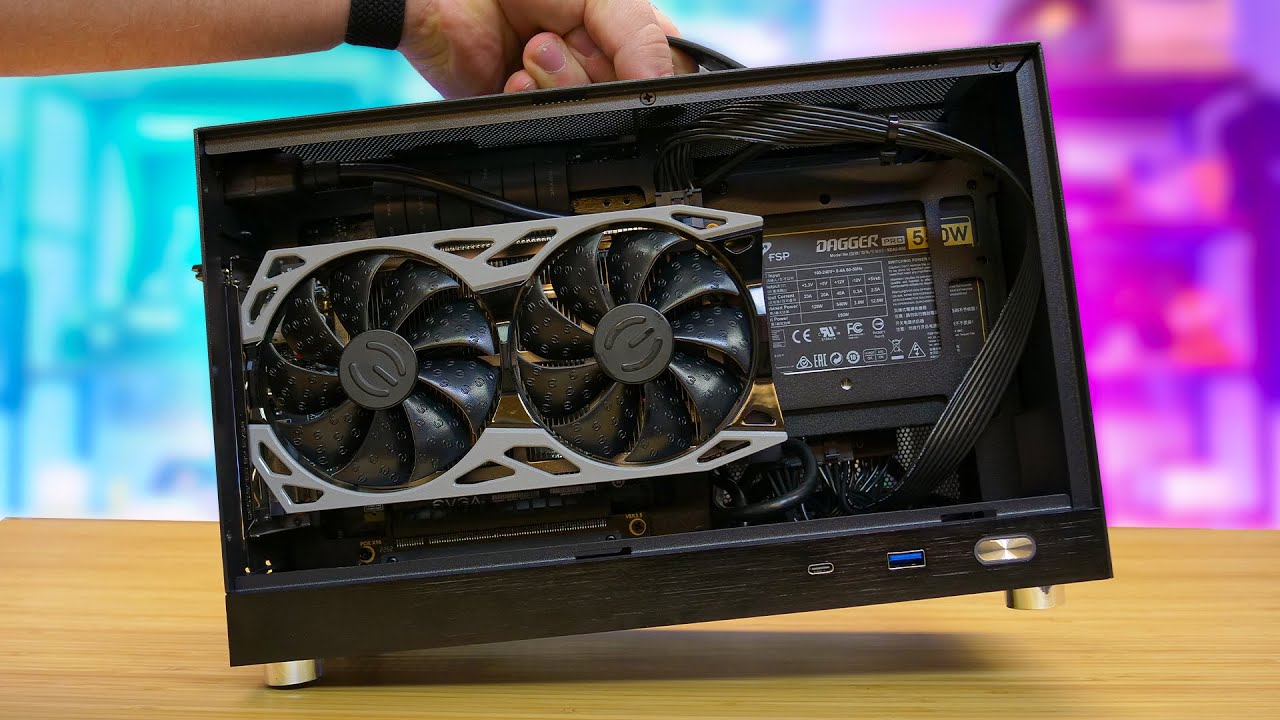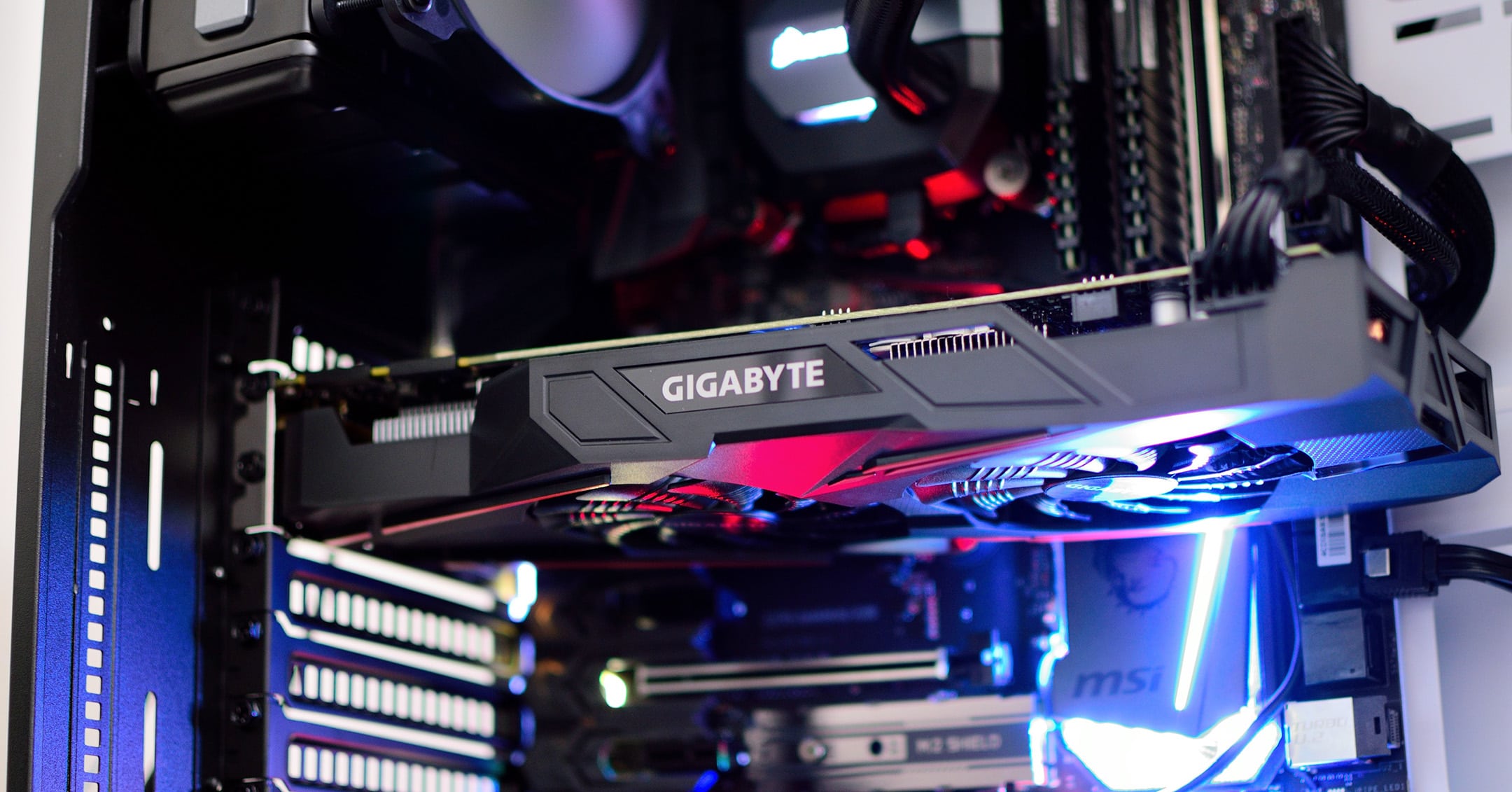Introduction
Welcome to the world of PC gaming and graphics cards. If you’re an avid gamer or someone who uses graphic-intensive software, you know how important a graphics card is for delivering smooth and immersive visual experiences. However, it can be frustrating when your PC doesn’t seem to be utilizing your graphics card properly. This article aims to help you understand some common reasons why your PC may not be using your graphics card and how to troubleshoot and resolve these issues.
Before we dive into the specifics, let’s first understand what a graphics card is and why it is crucial for high-quality graphics processing. A graphics card, also known as a GPU (Graphics Processing Unit), is a dedicated hardware component that handles the rendering and display of visual content on your computer. It offloads the graphics processing tasks from the CPU (Central Processing Unit), allowing for faster and more efficient performance when it comes to graphics-intensive tasks like gaming, video editing, and 3D modeling.
Now, despite having a powerful graphics card installed in your PC, there are several factors that can prevent it from being fully utilized. These factors can range from hardware compatibility issues to software conflicts and outdated drivers. In the following sections, we will explore these potential issues and provide troubleshooting tips to help you get your graphics card working at its maximum potential.
Understanding Graphics Cards
Before we delve into troubleshooting why your PC may not be using your graphics card, let’s take a moment to understand how graphics cards work and their significance in modern computers.
A graphics card, also known as a GPU (Graphics Processing Unit), is a hardware component that is specifically designed to handle graphics processing. It is responsible for rendering and displaying images, videos, and 3D graphics on your computer screen. While the CPU (Central Processing Unit) handles general-purpose tasks, such as running applications and handling basic calculations, the graphics card takes on the specialized workload of graphics processing. This separation of tasks allows for faster and more efficient rendering of complex visual elements.
Graphics cards consist of several key components, including the GPU itself, VRAM (Video Random Access Memory), and a cooling system. The GPU is the brain of the graphics card, containing hundreds or even thousands of processing cores that are optimized for performing complex calculations required for rendering graphics. The VRAM acts as a dedicated memory that stores the data needed for rendering images and textures. As for the cooling system, it ensures that the graphics card doesn’t overheat during intensive usage, as heat can hinder its performance.
When a game or a graphics-intensive software application is running on your PC, it communicates with the operating system and instructs the graphics card to perform the necessary calculations to render the visuals. The graphics card then processes the data and sends the output to your monitor, resulting in a smooth and visually appealing experience.
It’s important to note that not all graphics cards are created equal. They come in various models and specifications, each offering different levels of performance. The performance of a graphics card is usually measured by factors such as clock speed, memory bandwidth, and the number of cores it possesses. Higher-end graphics cards often provide better performance and can handle more demanding games and applications with ease.
Now that we have a basic understanding of graphics cards, let’s explore some common issues that might prevent your PC from utilizing your graphics card effectively.
Hardware Compatibility Issues
One of the common reasons why your PC might not be using your graphics card is due to hardware compatibility issues. Your graphics card needs to be compatible with your motherboard and other system components for optimal performance. Here are a few compatibility factors to consider:
- PCIe Slot: Most modern graphics cards use a PCIe (Peripheral Component Interconnect Express) slot to connect to the motherboard. Ensure that your graphics card is compatible with your motherboard’s available PCIe slot. If they are not compatible, you may need to upgrade your motherboard or choose a different graphics card that is compatible.
- Power Supply Unit (PSU): Graphics cards require additional power to operate. Check if your power supply unit has the necessary power connectors and enough wattage to support your graphics card. Insufficient power supply can cause your PC to not recognize or properly utilize the graphics card.
- System Requirements: Review the system requirements of the graphics card to ensure that your PC meets or exceeds the minimum specifications. If your PC falls short of the requirements, it may not be able to fully utilize the graphics card.
If you suspect a hardware compatibility issue, consulting the documentation for your graphics card and motherboard can provide clarity on any specific requirements or limitations. Additionally, seeking assistance from PC hardware experts or forums can help in identifying and resolving compatibility issues.
Now that we have explored hardware compatibility issues, let’s move on to the next potential cause: outdated graphics drivers.
Outdated Graphics Drivers
Having outdated graphics drivers is another common culprit for your PC not utilizing your graphics card to its full potential. Graphics drivers are software programs that facilitate communication between your operating system and the graphics card, enabling them to work together harmoniously. Outdated drivers can lead to compatibility issues and performance problems. Here’s how you can address this issue:
Check for Updates: Manufacturers regularly release driver updates to optimize performance, fix bugs, and ensure compatibility with the latest software and games. Visit the website of your graphics card manufacturer (such as NVIDIA or AMD) to check for driver updates specific to your model. Download and install the latest drivers to ensure that your graphics card is up to date.
Automatic Updates: Graphics card software often includes an option for automatic driver updates. Enabling this feature ensures that your drivers stay current without manual intervention. Check the settings of your graphics card software and make sure automatic updates are enabled.
Device Manager: Alternatively, you can update your graphics drivers through the Device Manager on your computer. Right-click on the Start button, select Device Manager, and expand the Display Adapters category. Right-click on your graphics card and choose Update Driver. Select the option to search automatically for updated driver software.
After updating your graphics drivers, it is recommended to restart your PC to ensure that the changes take effect. Once your PC has rebooted, check if your graphics card is now being used properly. Updating your drivers can often fix issues related to graphics card recognition, performance, and compatibility with software applications.
In the next section, we will explore another possible reason why your PC might not be utilizing your graphics card: incorrect graphics card settings.
Incorrect Graphics Card Settings
If your PC is not utilizing your graphics card properly, it is worth checking the graphics card settings to ensure they are correctly configured. Incorrect settings can cause your PC to underutilize the graphics card or even ignore it altogether. Here are some settings to consider:
Primary Display Adapter: Verify that your graphics card is set as the primary display adapter in your PC’s BIOS settings. The BIOS (Basic Input/Output System) is responsible for managing the hardware settings of your computer. By setting the graphics card as the primary display adapter, you ensure that your PC uses it for graphics processing. Access the BIOS settings by restarting your computer and pressing the designated key (commonly DEL or F2) during the startup process. Navigate to the “Display” or “Video” section and select your graphics card as the primary adapter.
Power Management Settings: Some graphics card software allows you to adjust power management settings to optimize performance. Make sure that the power management is set to “High Performance” or a similar option, as lower power modes can limit the performance of your graphics card. Access the graphics card control panel, locate the power management settings, and select the highest performance option available.
Refresh Rate and Resolution: Ensure that your monitor’s refresh rate and resolution are properly set to accommodate the capabilities of your graphics card. Adjusting the settings to exceed the capabilities of your graphics card can result in suboptimal performance. Open the display settings on your computer and verify that the refresh rate and resolution are within the recommended range for your graphics card.
Overclocking or Underclocking: Overclocking or underclocking your graphics card can affect its performance. If you have manually tweaked the clock speed or voltage settings, it is possible that your changes are impacting the utilization of your graphics card. Consider resetting these settings to their default values to see if it resolves the issue.
By reviewing and adjusting the graphics card settings as mentioned above, you can ensure that your PC is configured to effectively utilize your graphics card. If incorrect settings were the cause of the problem, you should now notice improved performance and utilization of your graphics card.
Next, we will discuss another potential reason why your PC may not be using your graphics card: insufficient power supply.
Insufficient Power Supply
If your PC is not utilizing your graphics card properly, one potential cause could be an insufficient power supply. Graphics cards require a significant amount of power to operate efficiently, especially high-end models. If your power supply unit (PSU) does not provide enough wattage or lacks the necessary power connectors, it can prevent your graphics card from functioning optimally. Here’s what you can do to address this issue:
Check Power Supply Specifications: Determine the wattage and connectors required by your graphics card. You can find this information in the documentation or specifications provided by the graphics card manufacturer. Then, check the specifications of your PSU to ensure it meets or exceeds those requirements. If your PSU falls short, consider upgrading to a higher-wattage model that can adequately power your graphics card.
Connect Power Cables Correctly: Ensure that your graphics card is properly connected to the power supply. High-performance graphics cards often require additional power connectors, such as 6-pin or 8-pin PCIe power connectors. Make sure these connectors are securely plugged into the designated slots on your graphics card and connected to the appropriate power cables from your PSU.
Remove Power Limitations: Some graphics card software may have power limit settings that can restrict the performance of the card. Access the graphics card control panel and check if there are any power limit settings enabled. If so, disable or adjust them to allow the graphics card to utilize its full power potential.
It is essential to note that upgrading the PSU can be a complex task, especially if you are not familiar with computer hardware. If you are unsure or uncomfortable performing these tasks, it is highly recommended to seek assistance from a professional or a knowledgeable friend.
After addressing any power supply issues, restart your computer and check if your graphics card is now being utilized properly. If the power supply was indeed the cause, your PC should now be able to fully harness the capabilities of your graphics card.
In the next section, we will explore another possible reason why your PC may not be using your graphics card effectively: software conflicts.
Software Conflicts
Software conflicts can also interfere with your PC’s ability to utilize your graphics card properly. Various programs and applications running in the background can clash with the graphics card’s drivers or settings, leading to performance issues or even a complete failure to recognize the card. Here are some steps you can take to address software conflicts:
Close Background Programs: Close any unnecessary programs running in the background that may be consuming system resources or conflicting with the graphics card. Look for applications that are known to cause conflicts with graphics card drivers, such as certain antivirus software or overlay programs like Discord or MSI Afterburner.
Update Other Device Drivers: Outdated or incompatible device drivers for other hardware components in your system can cause conflicts with the graphics card. Update your motherboard drivers, audio drivers, and any other peripheral drivers to their latest versions. This ensures better compatibility and reduces the chances of driver conflicts.
Perform a Clean Installation of Graphics Drivers: Sometimes, remnants of old drivers or conflicting software can interfere with the proper functioning of your graphics card. To resolve this, consider performing a clean installation of your graphics card drivers. This process involves completely uninstalling the existing drivers, using a driver removal tool if necessary, and then reinstalling the latest drivers from scratch.
Disable Overlays and Capture Software: Certain game overlays, screen capture software, or recording applications can conflict with graphics card drivers. Disable or temporarily uninstall such programs to see if they are causing the issue. Alternatively, try using different software or updating to the latest versions to ensure compatibility.
Scan for Malware: Malware and viruses can impact your system’s performance and potentially interfere with the operations of your graphics card. Run a thorough virus scan using reliable antivirus software and remove any threats detected on your system.
By addressing software conflicts and ensuring that your system is running smoothly without any conflicting programs, you can improve your PC’s ability to utilize your graphics card effectively. After making these adjustments, restart your computer and check if your graphics card is now being utilized properly.
Now that we have explored software conflicts, let’s move on to some general troubleshooting tips for resolving issues with your graphics card utilization.
Troubleshooting Tips
If you’re still experiencing issues with your PC not utilizing your graphics card properly, here are some general troubleshooting tips that can help you identify and resolve the problem:
Check Hardware Connections: Ensure that your graphics card is properly seated in its PCIe slot. Sometimes, a loose connection can lead to performance issues. Turn off your PC, unplug the power cord, open the case, and gently reseat the graphics card. Double-check that all power cables are securely attached as well.
Monitor GPU Usage: Use software utilities or monitoring tools to track the GPU usage during gameplay or graphics-intensive tasks. If you notice consistently low GPU utilization, it may indicate a problem with your graphics card or its settings.
Test with Different Applications: Try running different applications or games to see if the issue is specific to a particular software. If your graphics card works fine with some applications but not others, it could indicate compatibility issues with those specific programs.
Update System BIOS and Firmware: Make sure your motherboard’s BIOS and other system firmware are up to date. Manufacturer updates can sometimes include fixes for compatibility or performance issues related to graphics cards.
Perform a System Check: Run a system check to ensure that your PC meets the minimum requirements for the graphics card. Check the system specifications, including RAM, CPU, and operating system compatibility. Inadequate system resources can hinder the performance of your graphics card.
Seek Professional Help: If you have exhausted all troubleshooting options and are still unable to resolve the issue, consider seeking professional assistance from a computer technician or contacting the support services of the graphics card manufacturer.
Remember to document any changes or steps you take during the troubleshooting process. This information can be helpful when seeking further assistance or communicating with technical support.
With these troubleshooting tips, you should be able to identify and resolve the issues preventing your PC from utilizing your graphics card properly.
Lastly, let’s summarize what we have discussed so far.
Conclusion
In this article, we explored various reasons why your PC may not be utilizing your graphics card effectively. We discussed hardware compatibility issues, outdated graphics drivers, incorrect graphics card settings, insufficient power supply, software conflicts, and provided general troubleshooting tips.
Having a graphics card is essential for enhanced graphics performance, particularly for gaming and graphic-intensive tasks. By ensuring hardware compatibility, updating graphics drivers, configuring settings correctly, providing sufficient power, resolving software conflicts, and following troubleshooting steps, you can optimize the utilization of your graphics card.
Remember to regularly check for driver updates from the graphics card manufacturer and keep your system’s hardware and software up to date. Monitor GPU usage and make adjustments as necessary to improve performance. Seek professional assistance if you are unable to resolve the issue on your own.
By taking the necessary steps to troubleshoot and resolve issues, you can enjoy the full potential of your graphics card, resulting in smoother gameplay, faster rendering, and an overall improved visual experience on your PC.
We hope this article has provided you with valuable insights and guidance on troubleshooting why your PC is not properly utilizing your graphics card. Happy gaming and graphics processing!







